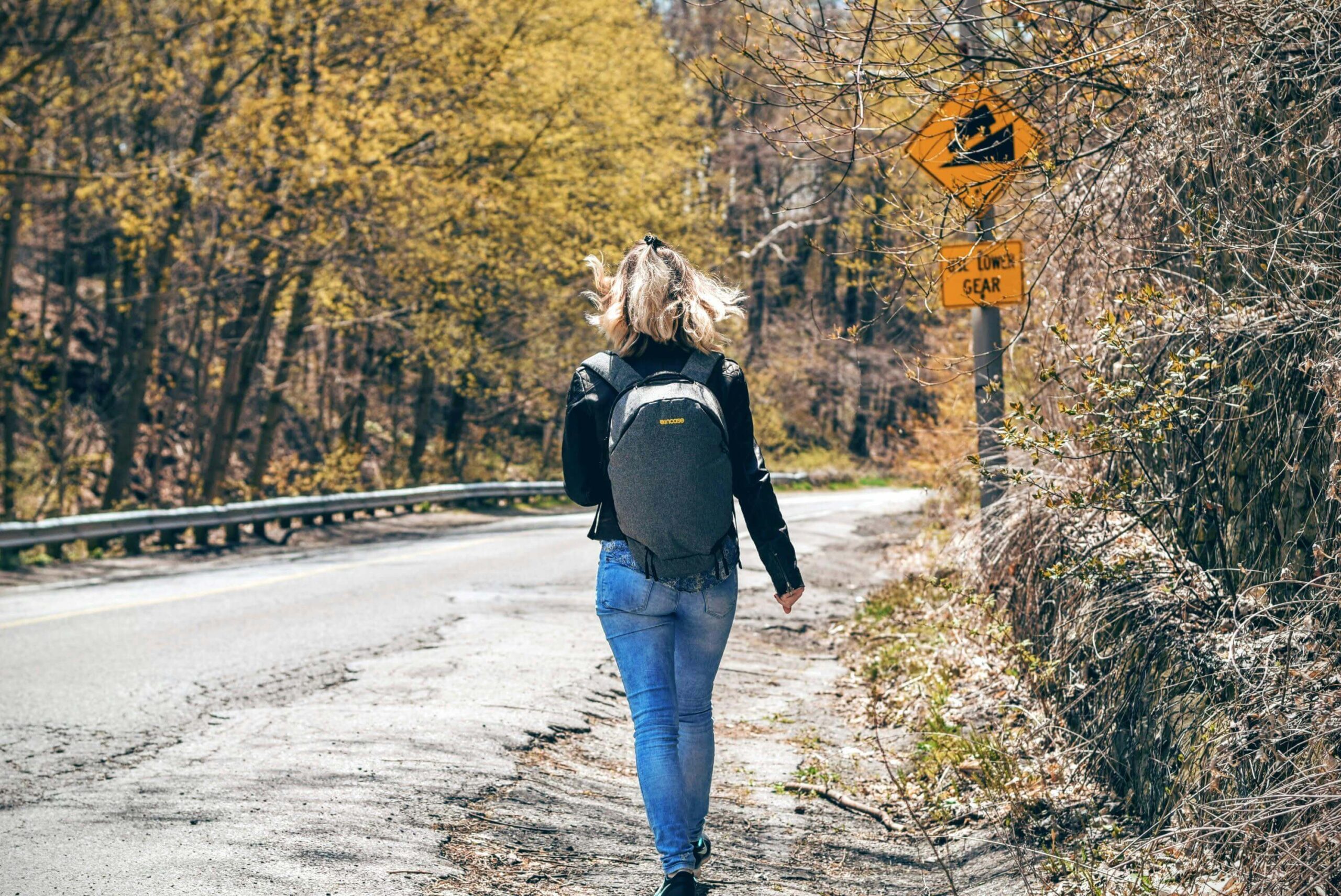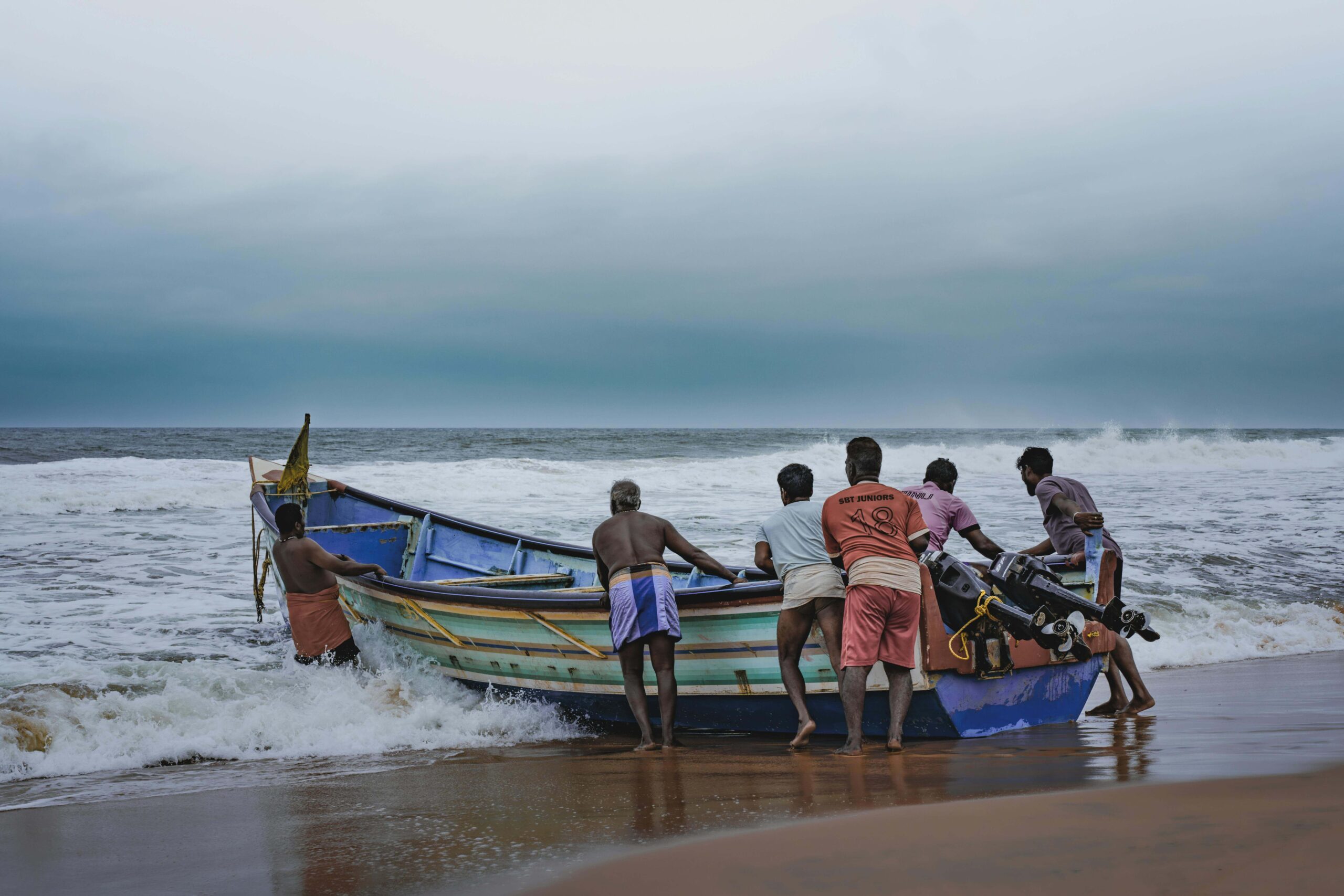
One of the best investments you can make is a dependable travel backpack, regardless of whether you are planning a month-long backpacking trip or a weekend getaway. Selecting the ideal one may seem overwhelming due to the vast array of designs, sizes, and features available. However, by focusing on what matters most for your travel style, you can find a backpack that keeps your belongings organized, feels comfortable on your shoulders, and stands up to all kinds of travel conditions.
Here’s a guide to choosing the perfect travel backpack that suits your needs and takes the stress out of packing and carrying your essentials wherever you go.
Consider Your Travel Style
Your destination and travel preferences will greatly influence the kind of backpack you require. Here are some important things to think about:
- Short Trips: Choose a small, light backpack that easily fits carry-on requirements for weekend excursions or light travel. Short Trips: Choose a small, light backpack that easily fits carry-on requirements for weekend excursions or light travel. A backpack with 20-30 liters capacity usually works well.
- Long-Term Travel: If you’re planning a longer journey or backpacking across multiple countries, a larger bag (40-60 liters) is usually ideal. It provides enough space for essentials while still being manageable.
- Adventure Travel: For hikers and outdoor adventurers, look for a backpack that’s specifically designed for the outdoors, with features like hydration compatibility, weather resistance, and durable straps.
- Digital Nomads: If you work on the road and carry a laptop, tech accessories, and chargers, opt for a backpack with dedicated tech compartments and padding for extra protection.
Select the Appropriate Capacity
Backpacks come in a range of sizes, typically measured in liters. Here’s a quick breakdown of what to expect for different capacities:
- 15-25 Liters: Ideal for day trips or short city tours, these backpacks are compact and suitable for carrying essentials like a camera, wallet, and water bottle.
- 30-40 Liters: This is a good all-around size for shorter trips or light packers. Many of these bags fit airline carry-on requirements, making them ideal for plane travel.
- 50-70 Liters: This range is popular among backpackers and those embarking on longer trips. These packs offer ample space but can be bulky, so look for one with a comfortable, supportive frame.
Look for Key Features
When evaluating travel backpacks, look for features that enhance convenience, comfort, and functionality:
- Multiple Compartments: A backpack with multiple compartments and internal organization helps keep your items accessible and organized. Look for separate spaces for clothing, toiletries, and tech gear.
- Front-Loading Design: Unlike traditional top-loading backpacks, front-loading (or clamshell) backpacks open like a suitcase, allowing easy access to all of your belongings.
- Water Resistance: Look for water-resistant material or at least a rain cover. It protects your items from unexpected weather, which is crucial when traveling outdoors.
- Lockable Zippers: Security is always a concern when travelling, so choose a backpack with lockable zippers to protect against pickpockets or accidental openings.
- Ventilated Back Panel: For comfort, especially in warmer climates, a backpack with a ventilated or mesh back panel can reduce sweat and improve airflow.
- Adjustable and Padded Straps: Adjustable shoulder, hip, and sternum straps help distribute weight evenly and prevent strain on your shoulders and back. Thick padding on these straps adds to overall comfort.
Focus on Comfort and Fit
A comfortable backpack is essential, especially when carrying it for long periods. Here are some tips to ensure a good fit:
- Torso Length: Look for a backpack that matches your torso length, as it helps to distribute weight properly. Many travel backpacks come in different sizes or with adjustable frames for a custom fit.
- Support for the Hip Belt: Because it shifts weight from your shoulders to your hips, a padded, adjustable hip belt is crucial for larger backpacks as it reduces strain on the entire body.
- Weight Distribution: A well-made backpack with internal framing reduces sway and makes carrying easier by keeping weight close to your back.
- Consider Durability
From congested airports to rough trails, your travel backpack should be able to handle the rigors of the journey. Look for long-lasting materials, such as polyester or ripstop nylon, and consider the quality of the stitching.
- Robust Zippers: Since the zippers are one of the parts that are used the most, they should be sturdy and smooth. YKK zippers, for example, are known for their durability.
- Reinforced Seams: Verify that the bag’s base, handle, and shoulder straps are among the high-stress areas that are reinforced.
- Warranty: A great benefit for frequent travelers is that many high-quality backpack brands provide warranties or repair services.
Style and Aesthetics
While function is crucial, the style also matters! Choose a backpack that you feel good wearing, and that fits your style. Many travel backpacks come in various colors and sleek, minimalist designs that work well in both city and adventure settings.
Recommended Travel Backpack Brands
With so many options on the market, it can be helpful to start with reputable brands that consistently deliver quality, functionality, and style. Here are a few worth considering:
- Osprey: Known for comfort and durability, Osprey backpacks come in a variety of sizes and feature excellent ventilation, adjustable frames, and lifetime warranties.
- Tortuga: Tortuga offers front-loading, carry-on-sized backpacks that are popular with urban travellers and digital nomads.
- Patagonia: A trusted name for eco-conscious travelers, Patagonia offers durable packs made from recycled materials with a simple, practical design.
- Nomatic: Nomatic’s travel backpacks are ideal for organized travelers, with multiple compartments, RFID-safe pockets, and a sleek, modern look.
- REI Co-op: REI’s line of backpacks are highly durable and come with a range of features tailored for outdoor adventures, making them popular for long hikes and camping trips.
Final Tips for Packing Your Travel Backpack
Once you’ve chosen your perfect backpack, packing it efficiently can make all the difference. Here are a few tips for maximizing space and keeping your load manageable:
- Roll Your Clothes: Rolling instead of folding can reduce wrinkles and save space. To keep things neat and small, use packing cubes.
- Evenly Distribute Weight: To keep your balance and lessen strain, put heavier items in the middle of the bag and closer to your back.
- Use Compression Bags: Compression bags can help clothes take up less space on long trips or with bulkier items, freeing up more room for other necessities.
- Maintain Access to Essentials: Stow frequently used items in pockets that are easy to reach, like a jacket, snacks, or a water bottle. visit here for more info
Conclusion
Choosing the right travel backpack is about balancing your unique travel needs with a pack’s size, features, comfort, and durability. By investing in a well-chosen backpack, you’ll have a travel companion that’s not only functional and comfortable but also stands up to the demands of your adventures.
So, whether you’re scaling mountains, navigating bustling cities, or exploring quiet towns, the right backpack can make your journey smoother and more enjoyable. Happy travels!







